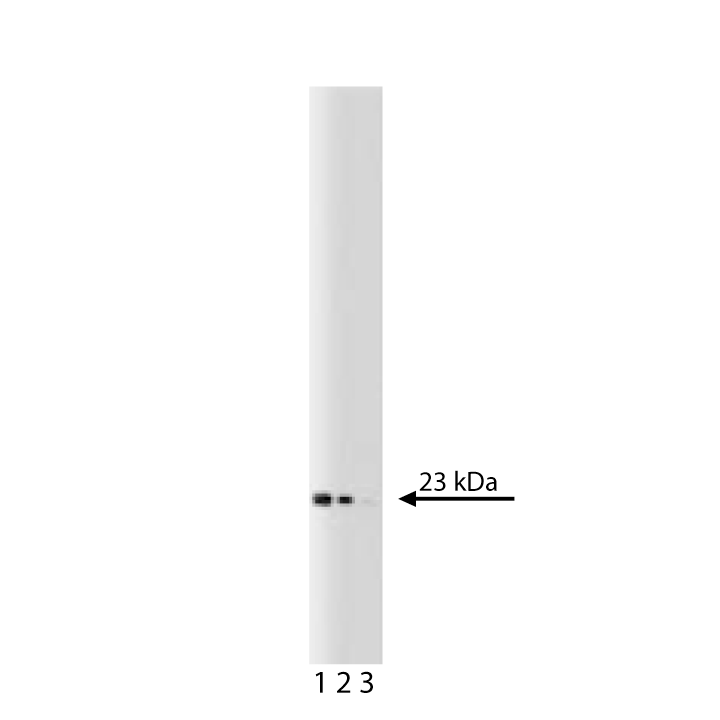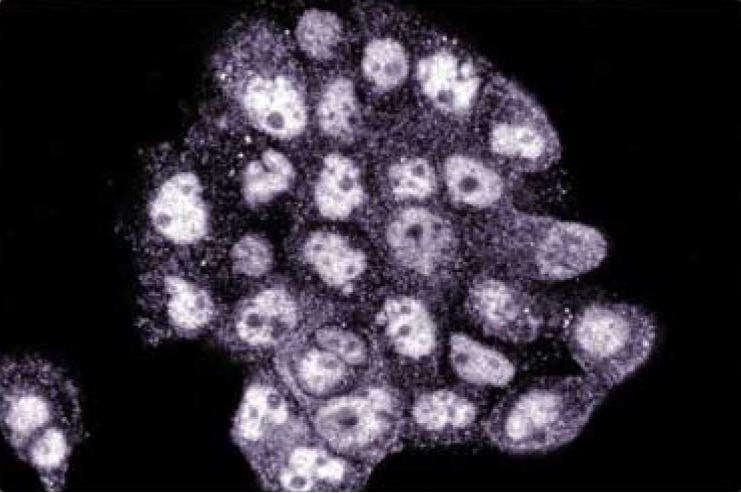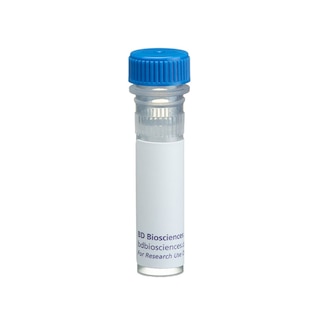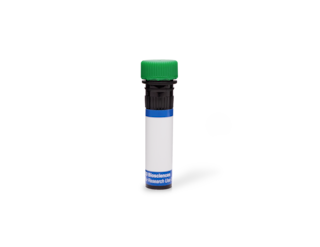-
Reagents
- Flow Cytometry Reagents
-
Western Blotting and Molecular Reagents
- Immunoassay Reagents
-
Single-Cell Multiomics Reagents
- BD® OMICS-Guard Sample Preservation Buffer
- BD® AbSeq Assay
- BD® Single-Cell Multiplexing Kit
- BD Rhapsody™ ATAC-Seq Assays
- BD Rhapsody™ Whole Transcriptome Analysis (WTA) Amplification Kit
- BD Rhapsody™ TCR/BCR Next Multiomic Assays
- BD Rhapsody™ Targeted mRNA Kits
- BD Rhapsody™ Accessory Kits
- BD® OMICS-One Protein Panels
-
Functional Assays
-
Microscopy and Imaging Reagents
-
Cell Preparation and Separation Reagents
-
- BD® OMICS-Guard Sample Preservation Buffer
- BD® AbSeq Assay
- BD® Single-Cell Multiplexing Kit
- BD Rhapsody™ ATAC-Seq Assays
- BD Rhapsody™ Whole Transcriptome Analysis (WTA) Amplification Kit
- BD Rhapsody™ TCR/BCR Next Multiomic Assays
- BD Rhapsody™ Targeted mRNA Kits
- BD Rhapsody™ Accessory Kits
- BD® OMICS-One Protein Panels
- Poland (English)
-
Change location/language
Old Browser
This page has been recently translated and is available in French now.
Looks like you're visiting us from {countryName}.
Would you like to stay on the current location site or be switched to your location?
BD Transduction Laboratories™ Purified Mouse Anti-Human Bid
Clone 7/Bid (RUO)





Western blot analysis of Bid on a Jurkat cell lysate (Human T-cell leukemia; ATCC TIB-152). Lane 1: 1:250, lane 2: 1:500, lane 3: 1:1000 dilution of the mouse anti-human Bid antibody.

Western blot analysis of Bid on a Jurkat cell lysate (Human T-cell leukemia; ATCC TIB-152). Lane 1: 1:250, lane 2: 1:500, lane 3: 1:1000 dilution of the mouse anti-human Bid antibody.

Immunofluorescence staining of A431 cells (Human epithelial carcinoma; ATCC CRL-1555).




Regulatory Status Legend
Any use of products other than the permitted use without the express written authorization of Becton, Dickinson and Company is strictly prohibited.
Preparation And Storage
Recommended Assay Procedures
Western blot: Please refer to http://www.bdbiosciences.com/pharmingen/protocols/Western_Blotting.shtml
Product Notices
- Since applications vary, each investigator should titrate the reagent to obtain optimal results.
- Please refer to www.bdbiosciences.com/us/s/resources for technical protocols.
- Caution: Sodium azide yields highly toxic hydrazoic acid under acidic conditions. Dilute azide compounds in running water before discarding to avoid accumulation of potentially explosive deposits in plumbing.
- Source of all serum proteins is from USDA inspected abattoirs located in the United States.
Companion Products



Members of the Bcl-2 protein family function to inhibit (Bcl-2, Bcl-XL, Mcl-1, A1) or promote (Bax, Bak, Bcl-Ls, Bad) apoptosis. Bid is a Bcl-2 family death agonist that heterodimerizes with either agonists (Bax) or antagonists (Bcl-2). Bid contains a centrally located BH3 domain that allows interaction with the BH1 domain of Bax and Bcl-2. However, Bid does not contain other domains commonly found in Bcl-2 family members, such as BH1, BH2, or BH4. In addition, Bid does not contain a C-terminal hydrophobic region that is characteristic of membrane-bound Bcl-2 family members. Singlet oxygen-induced apoptosis in human leukemia cells and Fas-induced apoptosis involve caspase-8 cleavage of Bid, which produces a 15 kDa C-terminal fragment and a 6.5 kDa N-terminal fragment. The C-terminal fragment translocates to the mitochondria and promotes the release of cytochrome C through a mechanism that might involve destabilization of the mitochondrial membrane. Thus, the proapoptotic role of Bid may involve mitochondrial membrane destabilization, as well as multiple protein-protein interactions.
Development References (5)
-
Devarajan P, De Leon M, Talasazan F, Schoenfeld AR, Davidowitz EJ, Burk RD. The von Hippel-Lindau gene product inhibits renal cell apoptosis via Bcl-2-dependent pathways. J Biol Chem. 2001; 276(44):40599-40605. (Biology: Western blot). View Reference
-
Gomez-Angelats M, Cidlowski JA. Protein kinase C regulates FADD recruitment and death-inducing signaling complex formation in Fas/CD95-induced apoptosis. J Biol Chem. 2001; 276(48):44944-44952. (Biology: Western blot). View Reference
-
Kudla G, Montessuit S, Eskes R, et al. The destabilization of lipid membranes induced by the C-terminal fragment of caspase 8-cleaved bid is inhibited by the N-terminal fragment. J Biol Chem. 2000; 275(30):22713-22718. (Biology). View Reference
-
Wang K, Yin XM, Chao DT, Milliman CL, Korsmeyer SJ. BID: a novel BH3 domain-only death agonist. Genes Dev. 1996; 10(22):2859-2869. (Biology). View Reference
-
Zhuang S, Demirs JT, Kochevar IE. p38 mitogen-activated protein kinase mediates bid cleavage, mitochondrial dysfunction, and caspase-3 activation during apoptosis induced by singlet oxygen but not by hydrogen peroxide. J Biol Chem. 2000; 275(34):25939-25948. (Biology). View Reference
Please refer to Support Documents for Quality Certificates
Global - Refer to manufacturer's instructions for use and related User Manuals and Technical data sheets before using this products as described
Comparisons, where applicable, are made against older BD Technology, manual methods or are general performance claims. Comparisons are not made against non-BD technologies, unless otherwise noted.
Please refer to Support Documents for Quality Certificates
Global - Refer to manufacturer's instructions for use and related User Manuals and Technical data sheets before using this products as described
Comparisons, where applicable, are made against older BD Technology, manual methods or are general performance claims. Comparisons are not made against non-BD technologies, unless otherwise noted.
For Research Use Only. Not for use in diagnostic or therapeutic procedures.